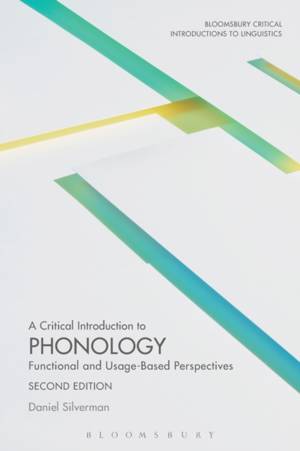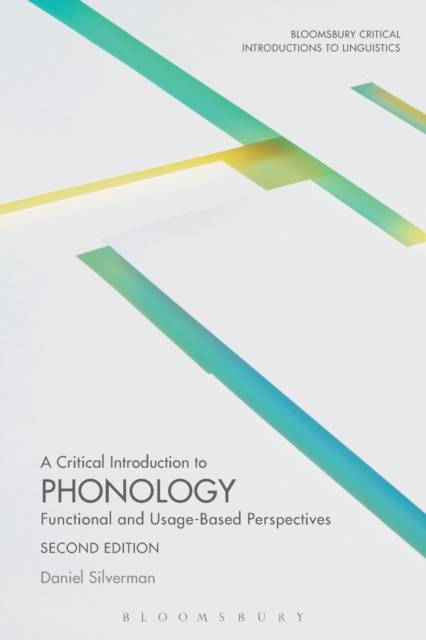
Door een staking bij bpost kan je online bestelling op dit moment iets langer onderweg zijn dan voorzien. Dringend iets nodig? Onze winkels ontvangen jou met open armen!
- Afhalen na 1 uur in een winkel met voorraad
- Gratis thuislevering in België vanaf € 30
- Ruim aanbod met 7 miljoen producten
Door een staking bij bpost kan je online bestelling op dit moment iets langer onderweg zijn dan voorzien. Dringend iets nodig? Onze winkels ontvangen jou met open armen!
- Afhalen na 1 uur in een winkel met voorraad
- Gratis thuislevering in België vanaf € 30
- Ruim aanbod met 7 miljoen producten
Zoeken
€ 69,45
+ 138 punten
Uitvoering
Omschrijving
Taking an interdisciplinary approach to phonological theory and analysis, A Critical Introduction to Phonology introduces the key aspects of the discipline. Departing from the mainstream tradition, Daniel Silverman argues that the nature of linguistic sound systems can only be understood in the context of how they are used by speakers and listeners.
By proposing that linguistic sound systems are the product of an interaction among sound (acoustics), mind (cognition), and body (physiology), Silverman focuses on the functional consequences of their interaction. Now with each chapter supplemented by a section on "Doing Phonology+?, together with phonological examples from a large corpus of data, this expanded second edition offers a provocative introduction to phonological theory. This book is essential reading for all students and researchers of phonology who are already familiar with the standard approaches and provides both a new theoretical background and the mechanical tools for truly successful phonological analyses.
By proposing that linguistic sound systems are the product of an interaction among sound (acoustics), mind (cognition), and body (physiology), Silverman focuses on the functional consequences of their interaction. Now with each chapter supplemented by a section on "Doing Phonology+?, together with phonological examples from a large corpus of data, this expanded second edition offers a provocative introduction to phonological theory. This book is essential reading for all students and researchers of phonology who are already familiar with the standard approaches and provides both a new theoretical background and the mechanical tools for truly successful phonological analyses.
Specificaties
Betrokkenen
- Auteur(s):
- Uitgeverij:
Inhoud
- Aantal bladzijden:
- 360
- Taal:
- Engels
- Reeks:
Eigenschappen
- Productcode (EAN):
- 9781474238885
- Verschijningsdatum:
- 21/09/2017
- Uitvoering:
- Paperback
- Formaat:
- Trade paperback (VS)
- Afmetingen:
- 25 mm x 122 mm
- Gewicht:
- 544 g

Alleen bij Standaard Boekhandel
+ 138 punten op je klantenkaart van Standaard Boekhandel
Beoordelingen
We publiceren alleen reviews die voldoen aan de voorwaarden voor reviews. Bekijk onze voorwaarden voor reviews.











